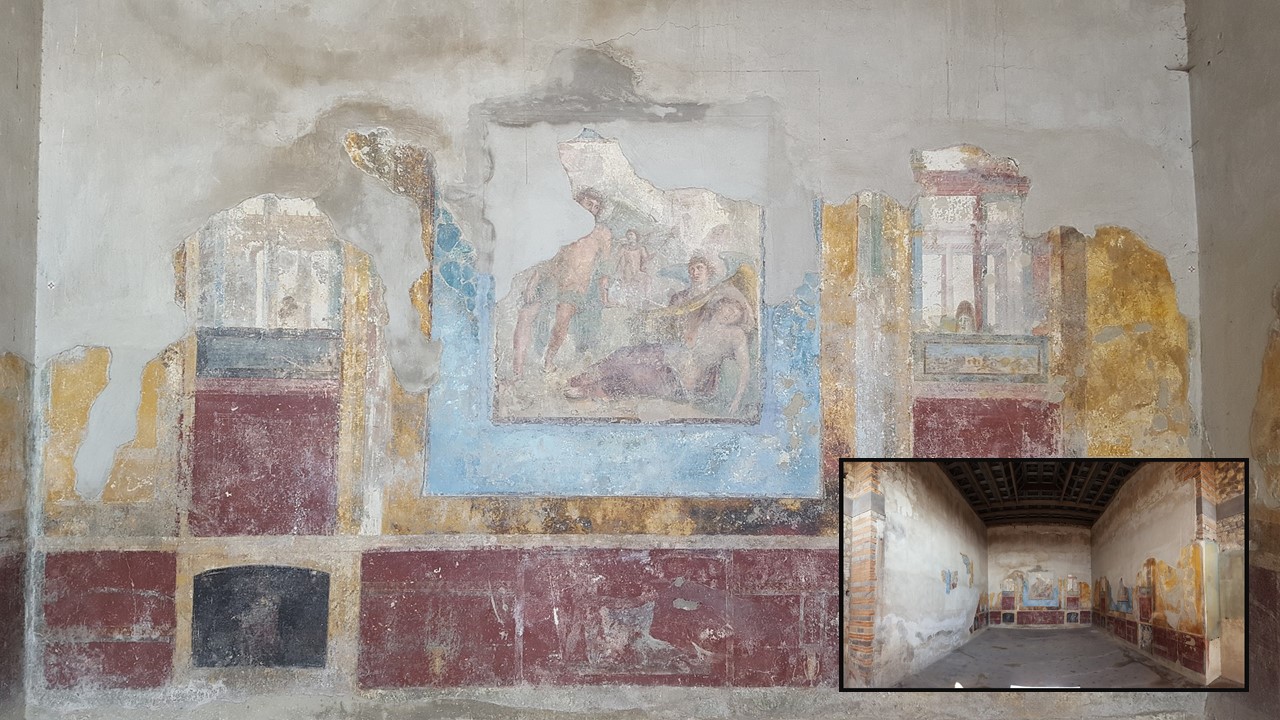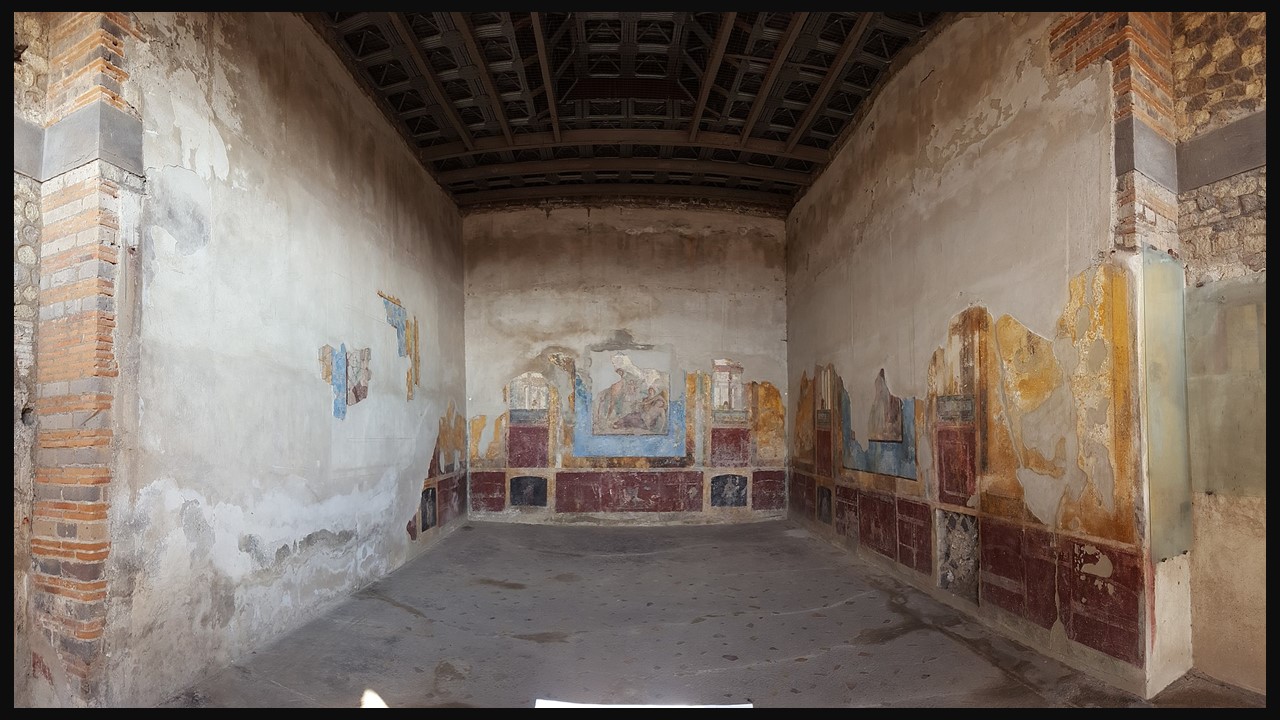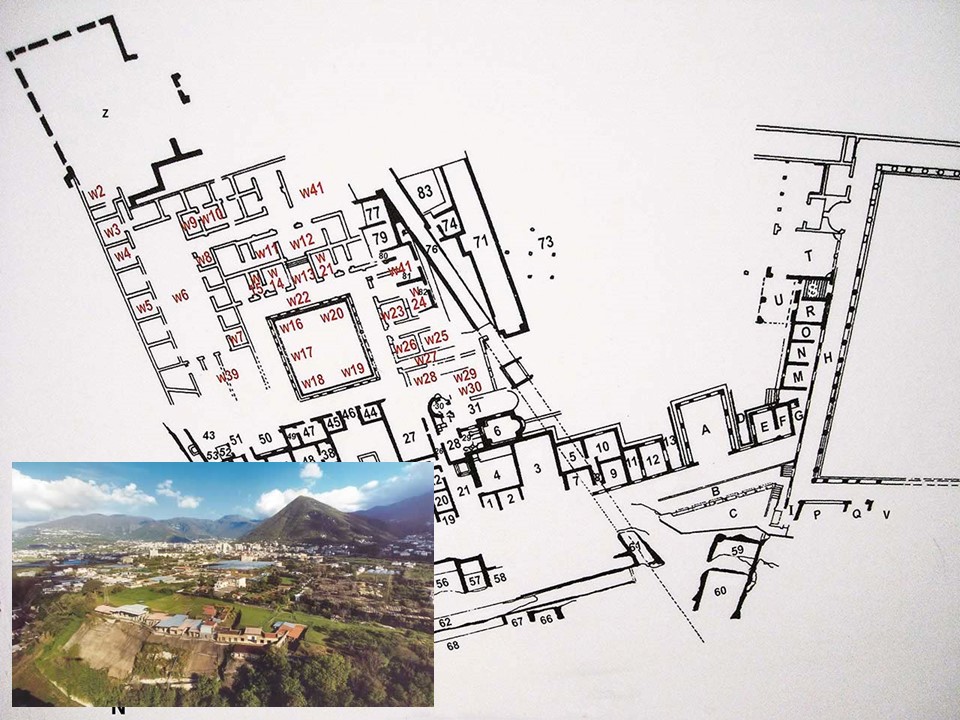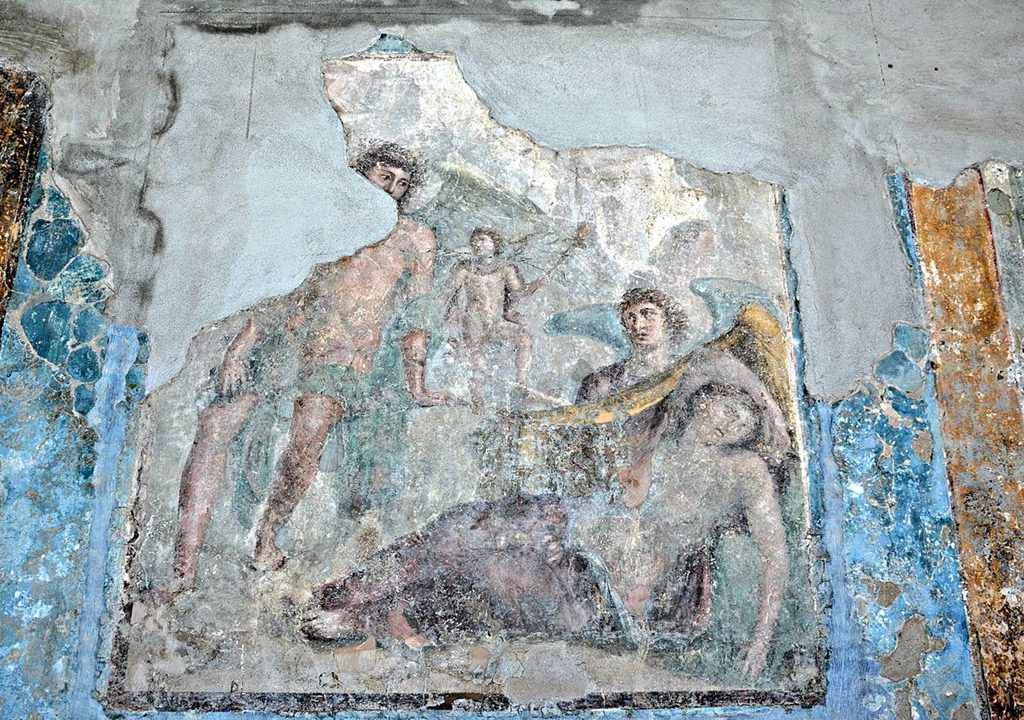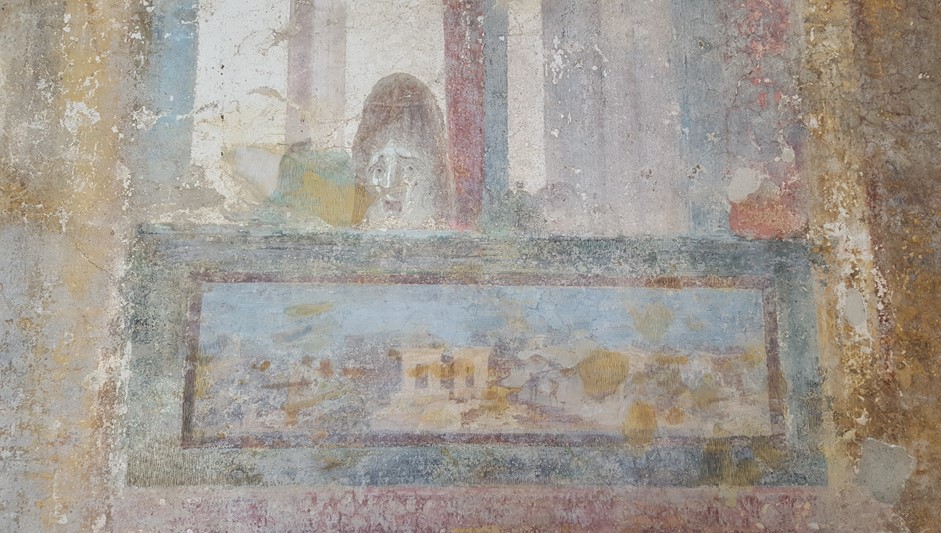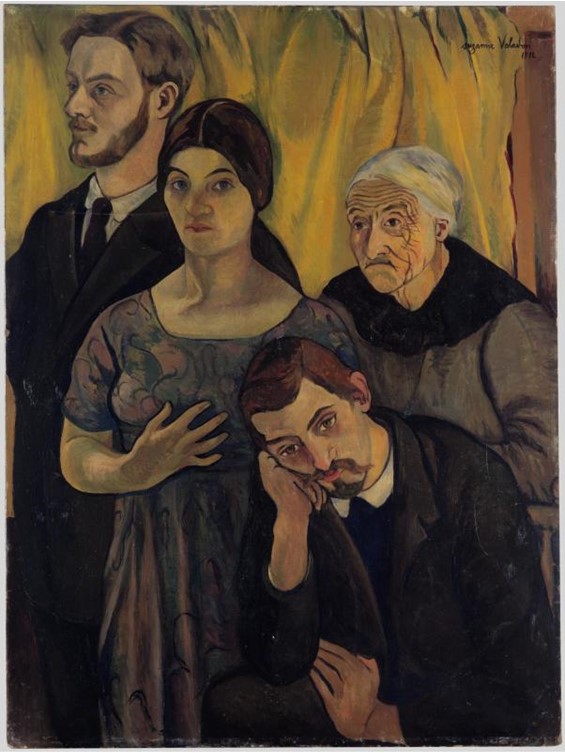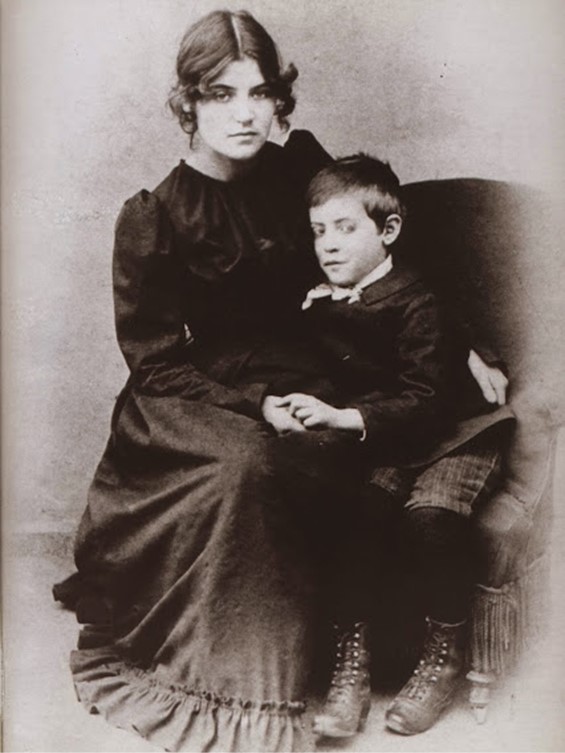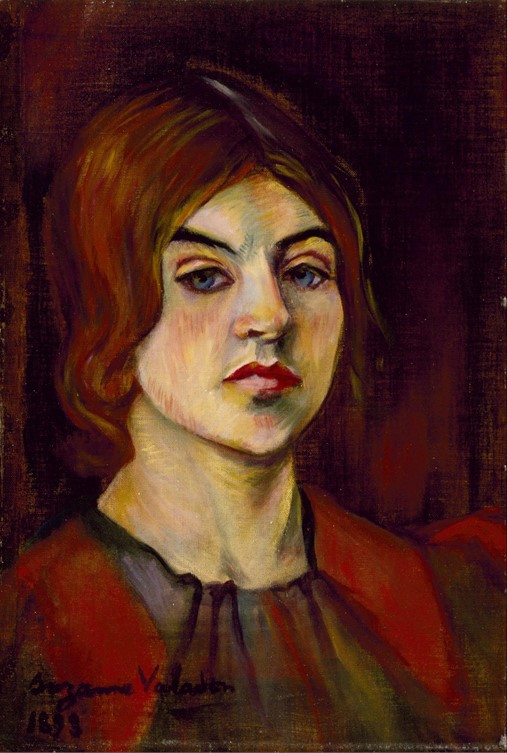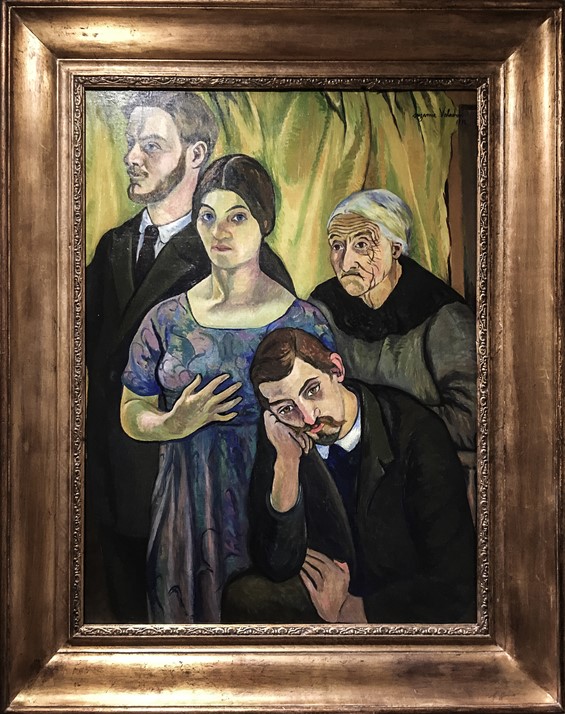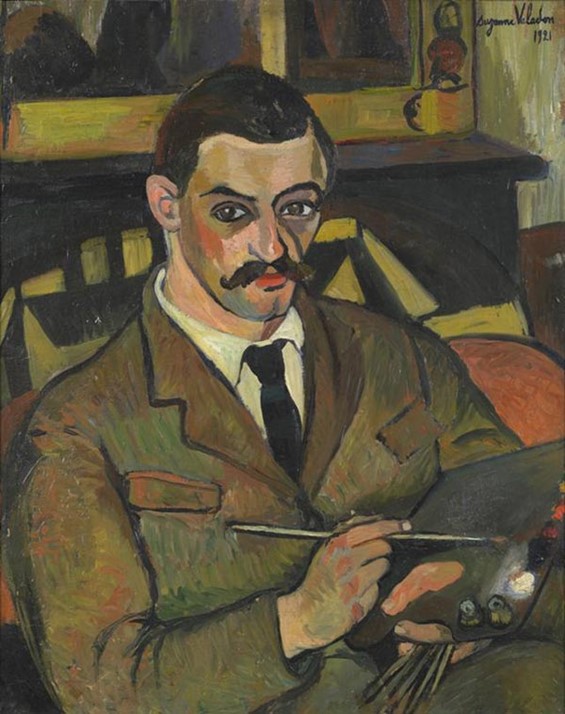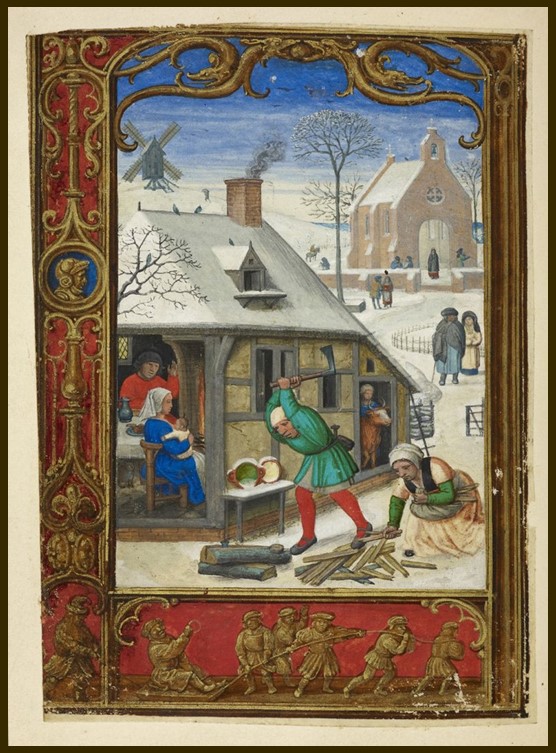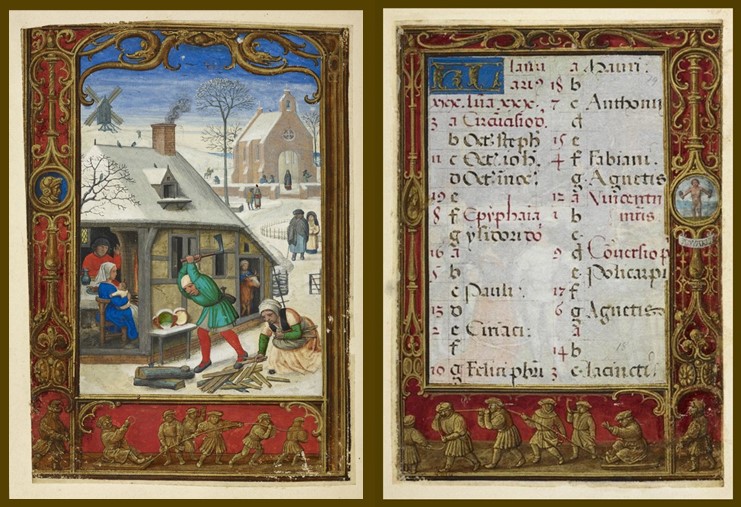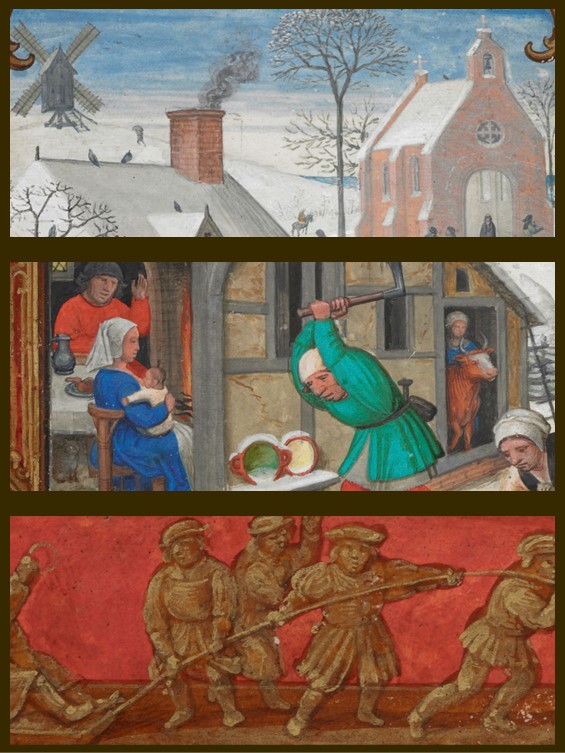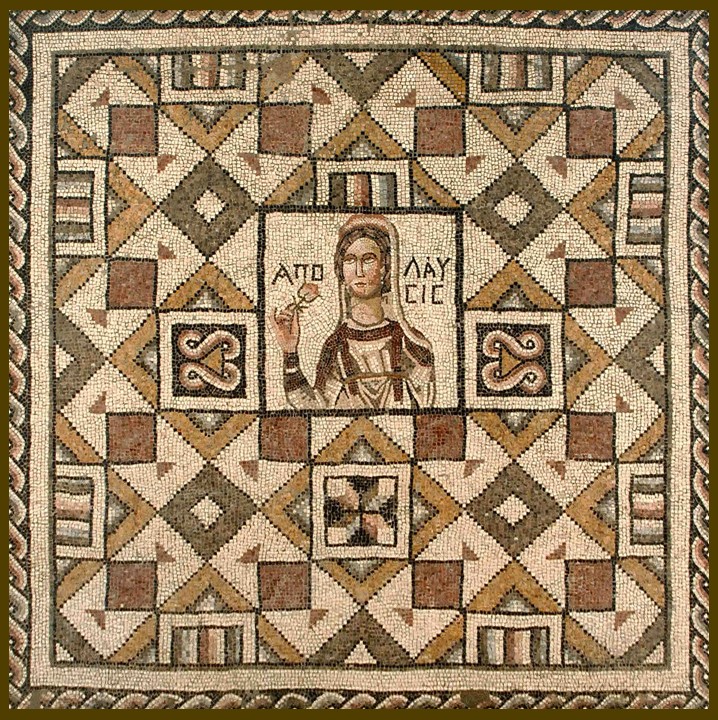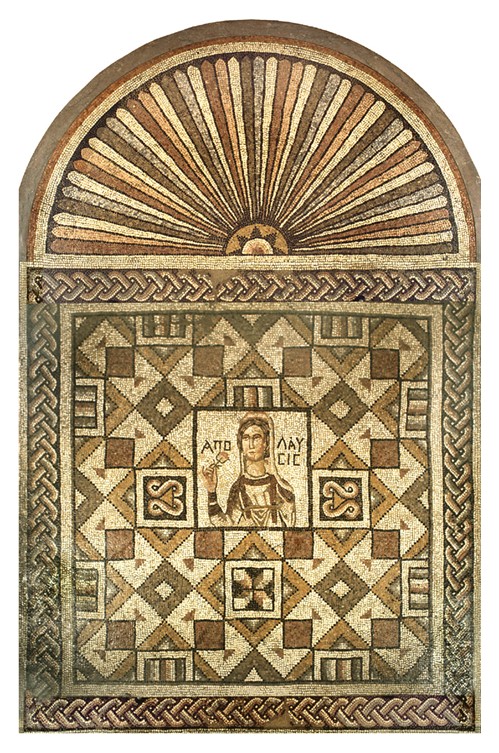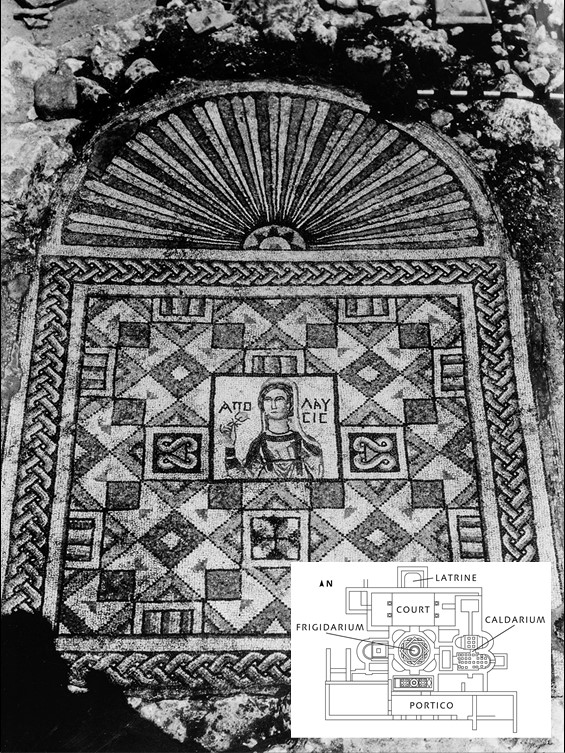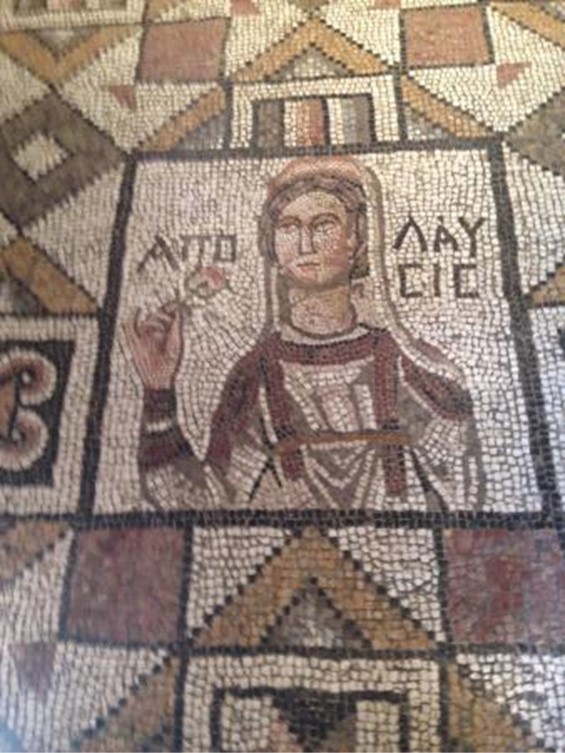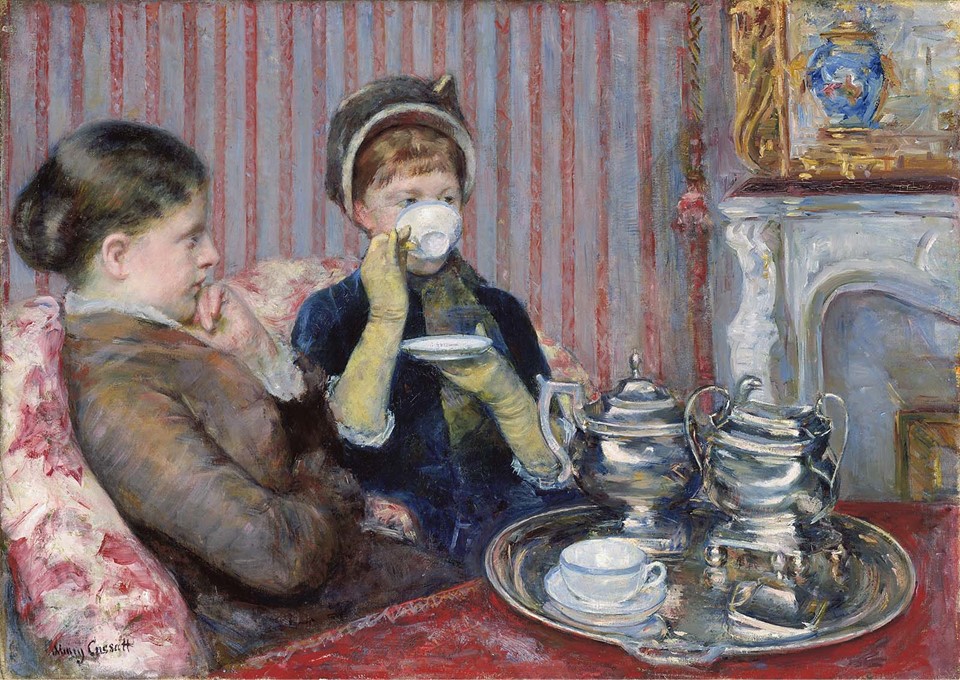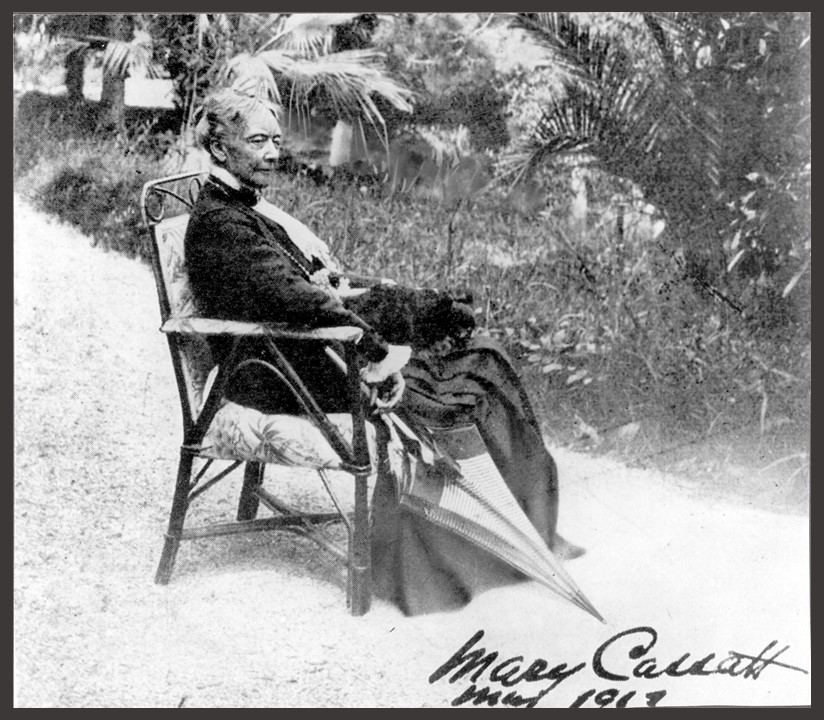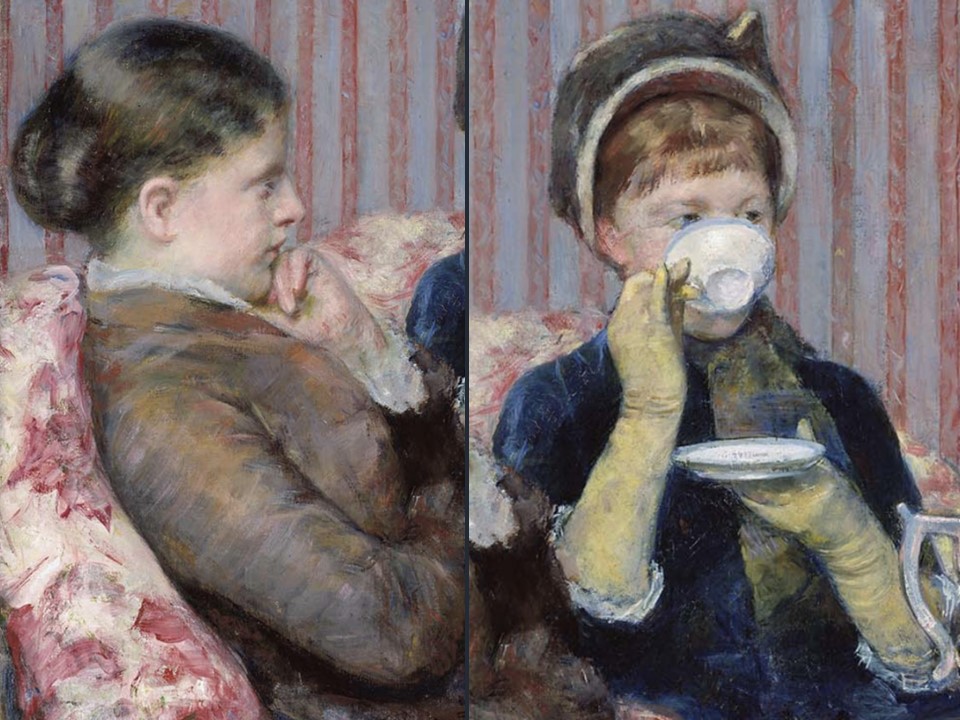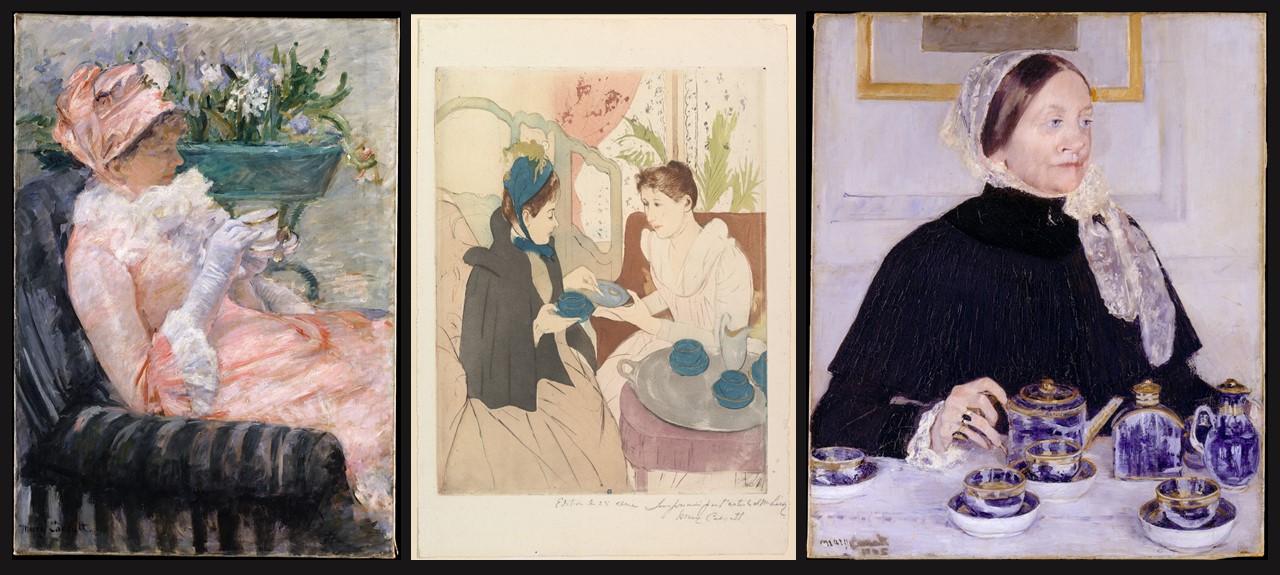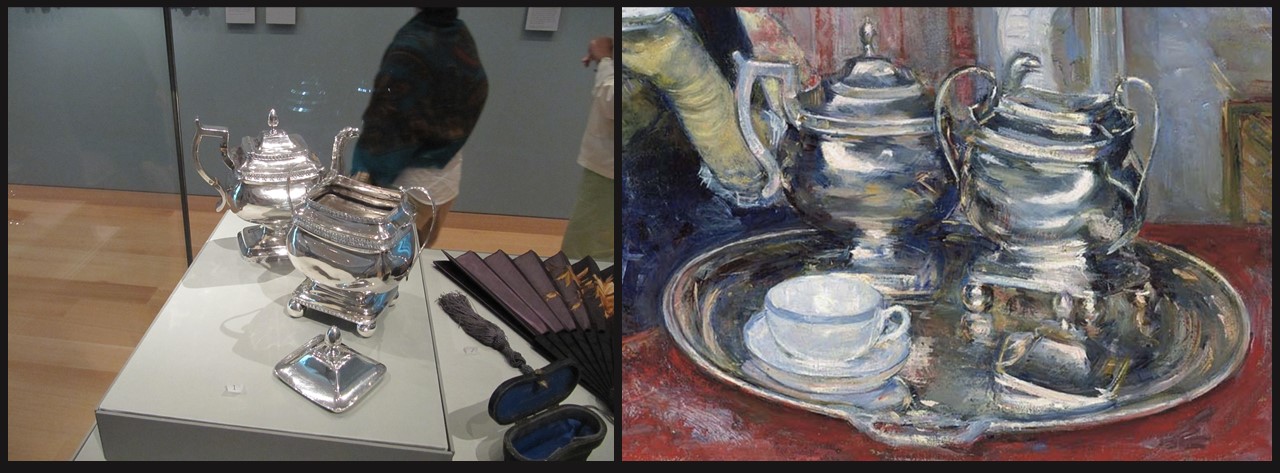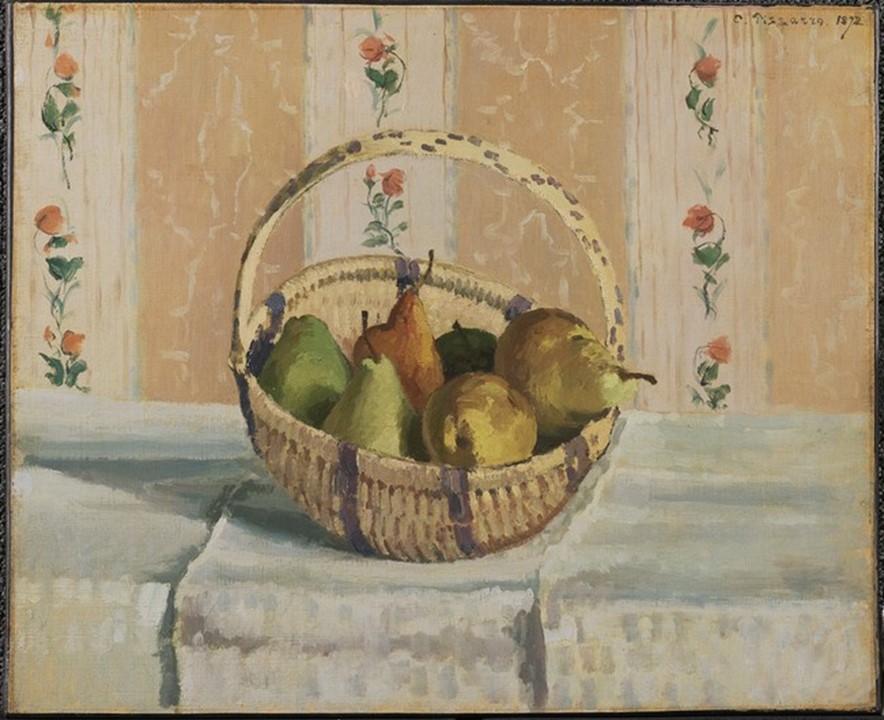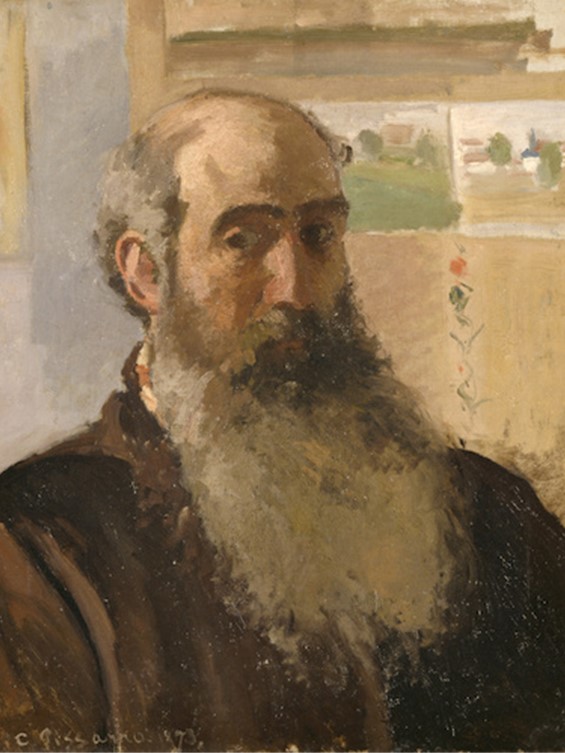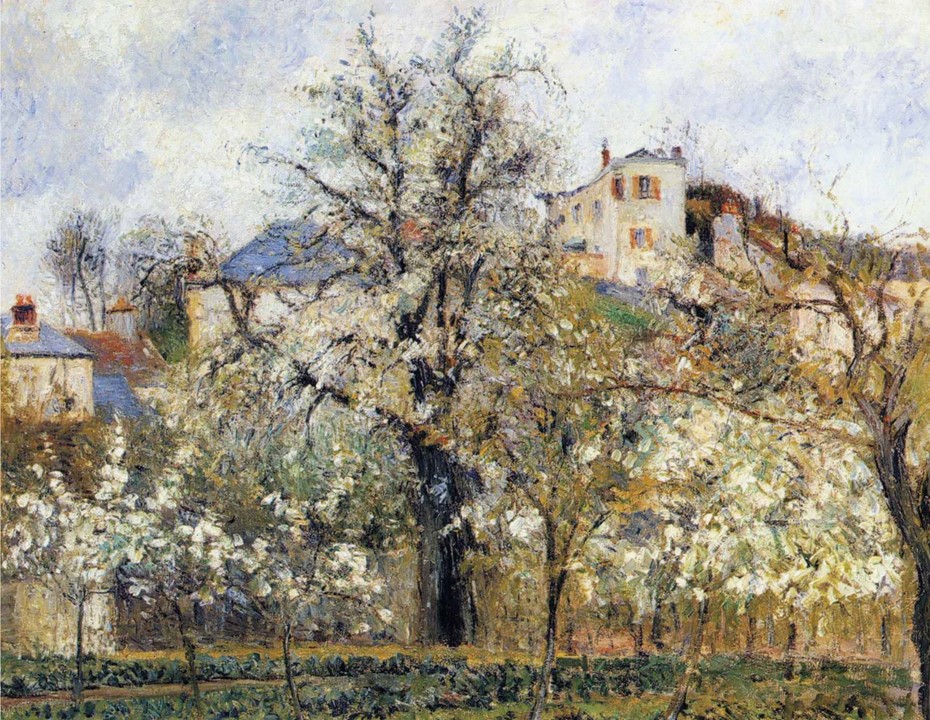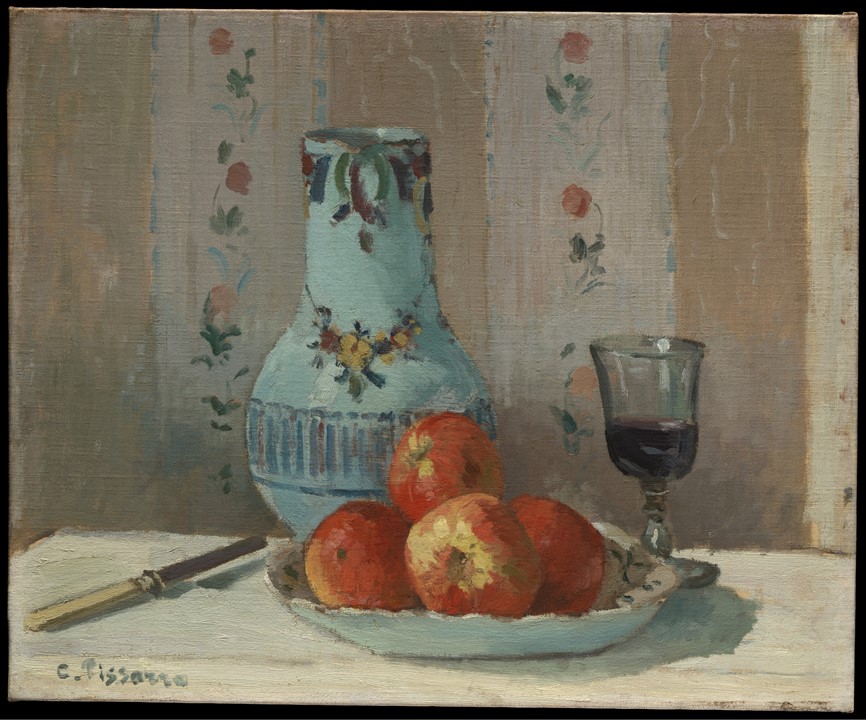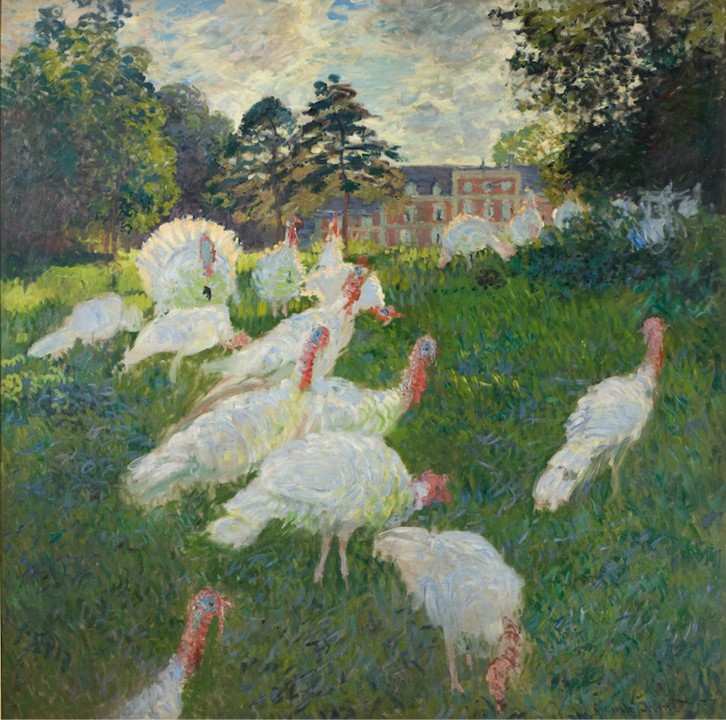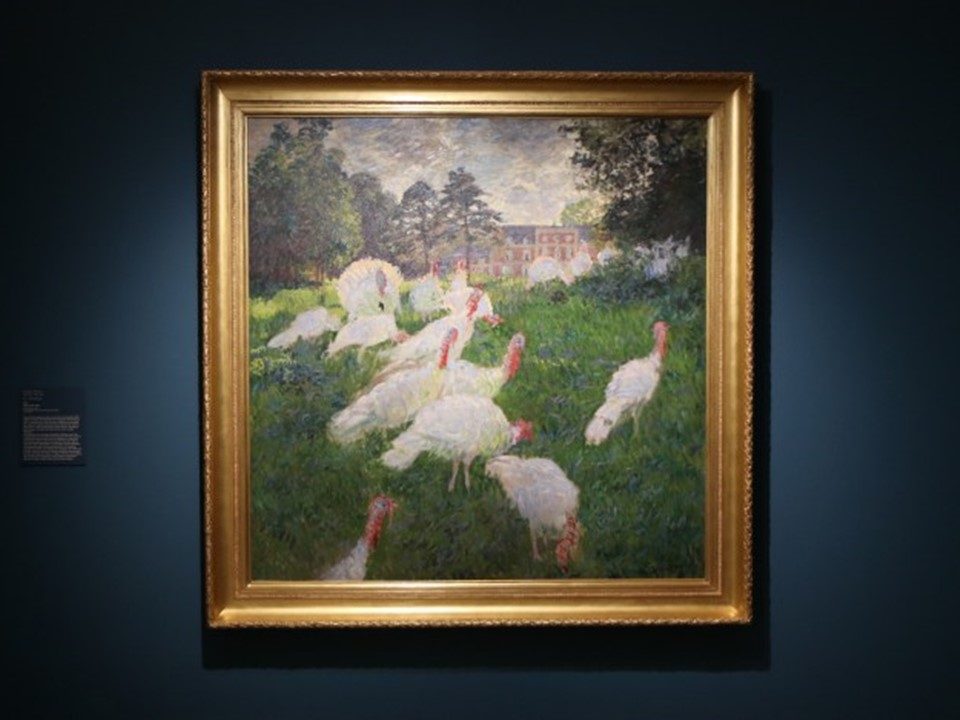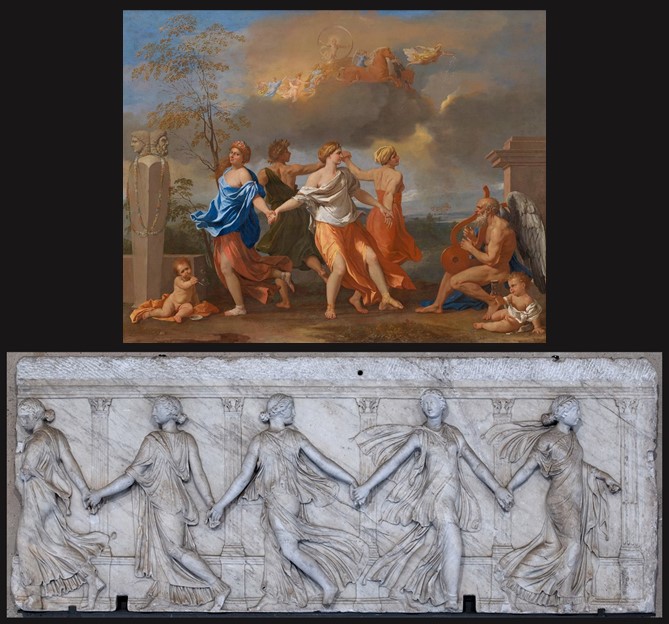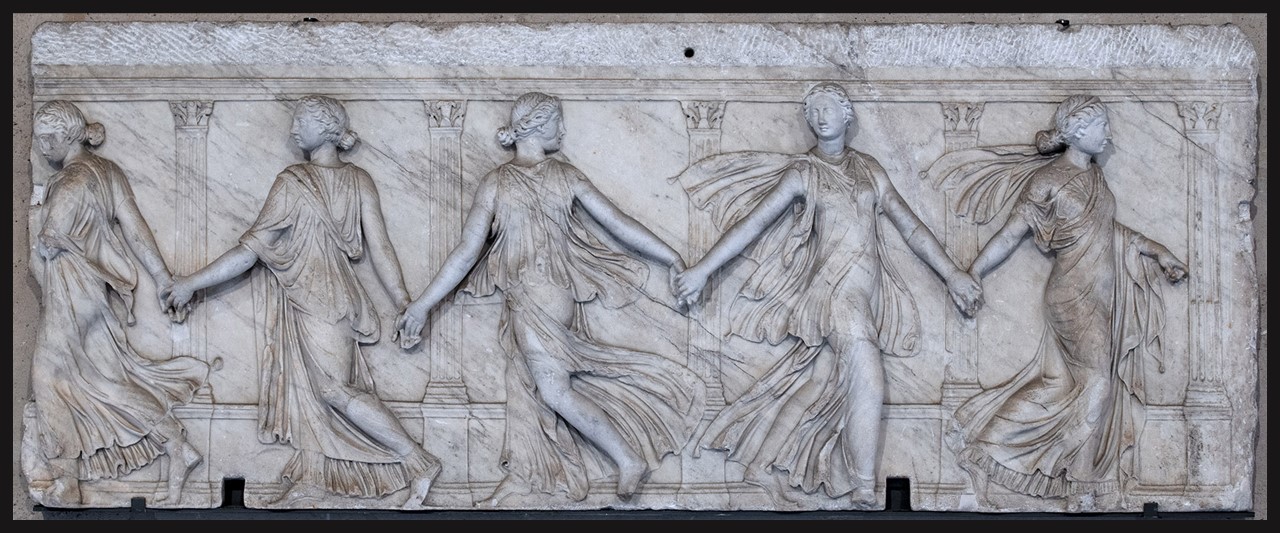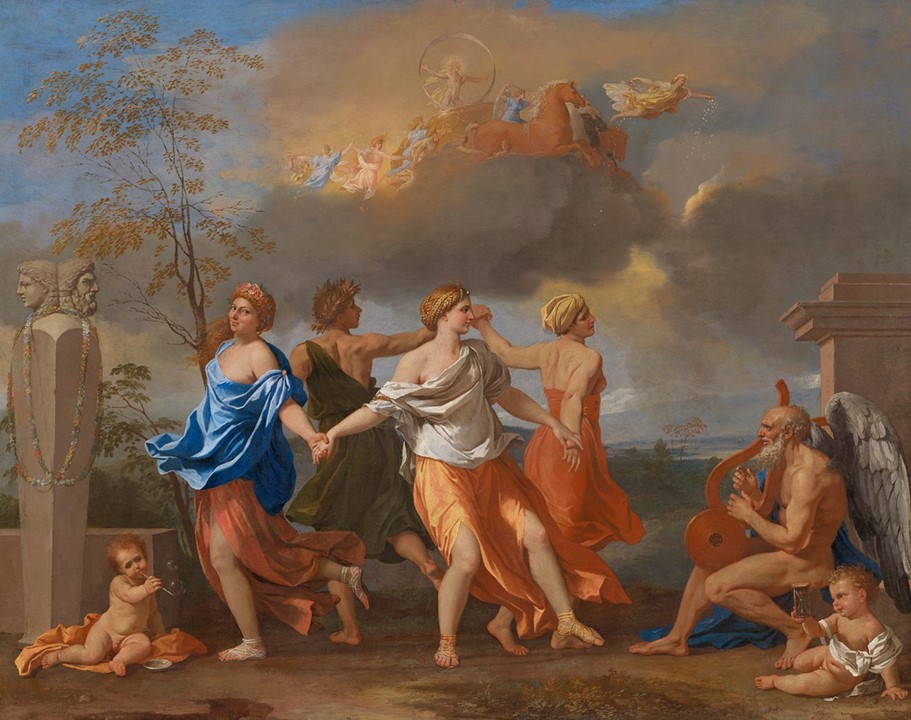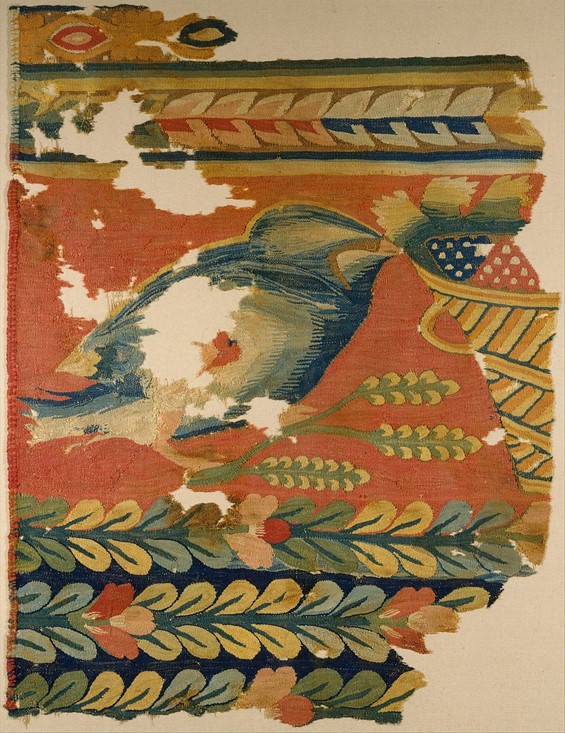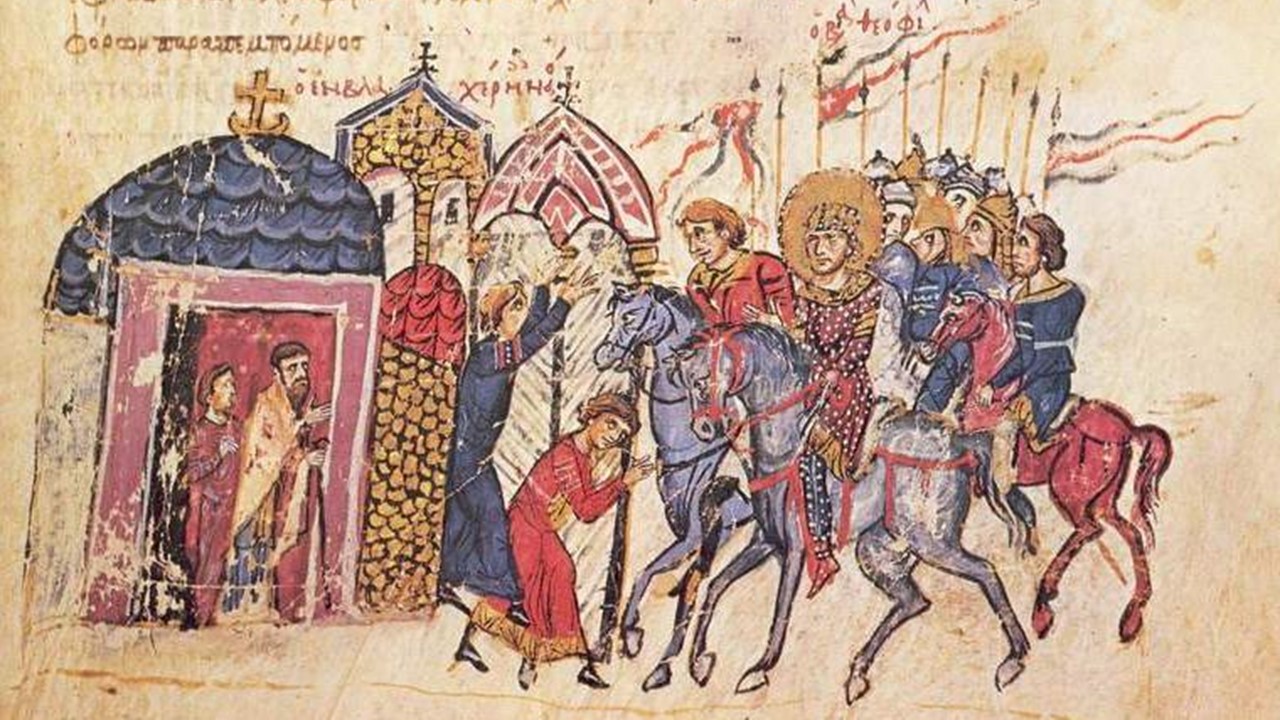
Madrid Skylitzes Illuminated Manuscript, 12th to the 13th centuries, Manuscript on Parchment, 36 x 27 cm, Biblioteca Nacional de España, Spain
https://upload.wikimedia.org/wikipedia/commons/2/26/Emperor_Theophilus_visits_St_Mary_of_Blachernae.jpg
According to John Skylitzes, the 11th-century historian, the Byzantine Emperor Theophilos (r. 829–42)… ἀπῄειἑκάστης ἑβδομάδος ἔφιππος διὰ τῆς λεωφόρου ἐπὶ τὸν ἐν Βλαχέρναις τῆς θεομήτορος θεῖον ναόν, ὑπὸ τῶν δορυφόρων παραπεμπόμενος… each week would ride out on horseback together with his bodyguard along the thoroughfare leading to the sacred Church Theotokos ton Blachernon in Constantinople… the most important Pilgrimage Complex in the Βασιλεύουσα dedicated to the Mother of God. https://byzantium.gr/keimena/skylitzes.php and https://www.cambridge.org/core/books/abs/john-skylitzes-a-synopsis-of-byzantine-history-8111057/michael-iii-the-son-of-theophilos-842867-and-his-mother-theodora-842862/CF57964EF1A48FA4EBDD26D8CF54FE3E
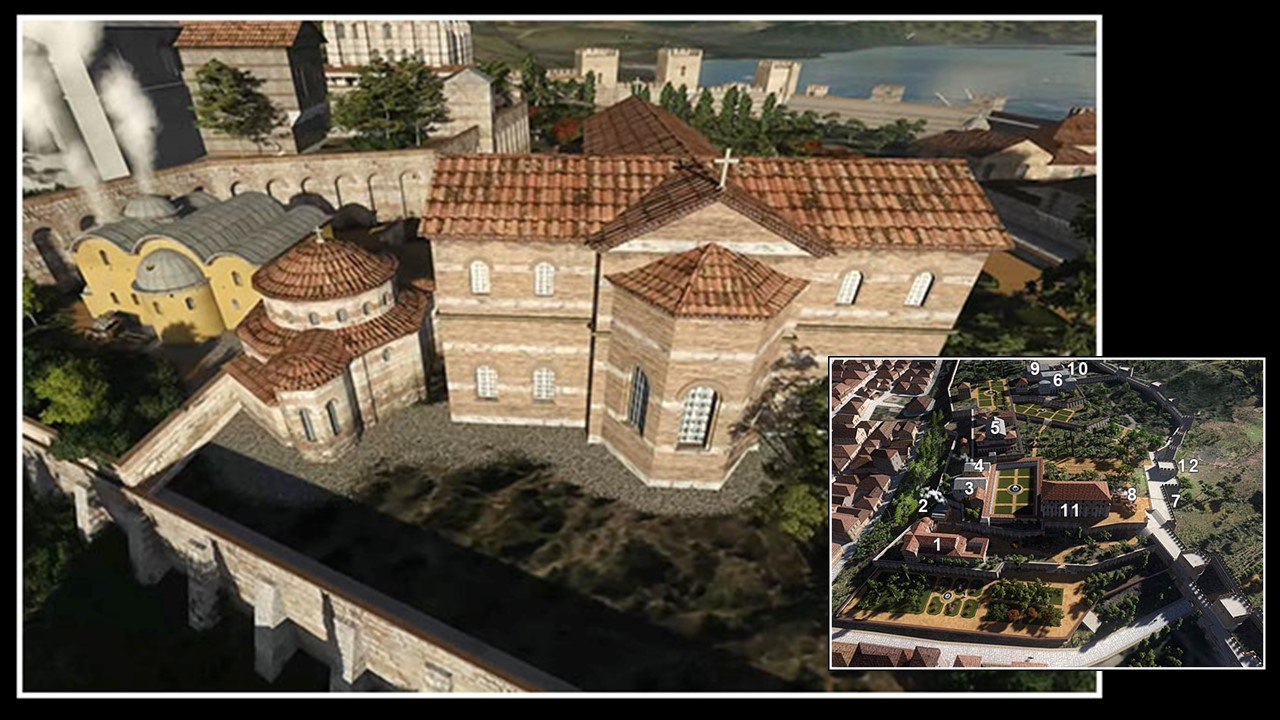
1. Basilica Church of Theotokos ton Blachernon, 2. Hagia Soros Chapel, 3. Danubios Hall, 4. Okeanos Hall, 5. Anastasiakos Hall, named after Emperor Anastasius I (r. 491–518) who built it, 6.Alexiakos Hall, 7. So-called Anemas Dungeons, 8. Palace bath recently found, 9. Palace of Manuel Comnenus, 10. Chapel, 11.Palace of Empress Bertha, 12.Tower of Isaac Angelus
http://www.byzantium1200.com/blachernae.html
At the breezy and woody suburb of Blachernai, on the shores of Golden Horn, just outside the Theodosian city walls, the Byzantine Pilgrimage Complex of Blachernae comprised of the Basilica Church of Theotokos ton Blacernon, the Hagia Soros Chapel, where the Maphorion (the holy veil) of the Virgin was kept, and the Lousma, an Edifice built over a natural spring of mineral water, which was used for Baths, to which healing qualities were attributed at some point by the 5th century. It is traditionally believed that Pulcheria and Emperor Maurice were the founders of the Vlachernai complex, but according to Procopius and recent research (C. Mango), the theory that the Basilica Church was erected by Emperor Justin I (518-527) was brought forward. http://constantinople.ehw.gr/forms/fLemmaBodyExtended.aspx?lemmaID=11778
Procopius in his De Aedificiis, I.3.3-5, describes the Basilica Church as… τὸν μὲν οὖν ἕνα τῆς θεοτόκου νεὼν ᾠκοδομήσατο πρὸ τοῦ περιβόλου ἐν χώρῳ καλουμένῳ Βλαχέρναις· αὐτῷ γὰρ λογιστέον καὶ τὰ Ἰουστίνῳ εἰργασμένα τῷ θείῳ, ἐπεὶ καὶ αὐτοῦ τὴν βασιλείαν κατ’ ἐξουσίαν αὐτὸς διῳκεῖτο, ἐπιθαλάσσιος δὲ ὁ νεώς ἐστιν, ἱερώτατός τε καὶ σεμνὸς ἄγαν, ἐπιμήκης μέν, κατὰ λόγον δὲ περιβεβλημένος τῷ μήκει τὸ εὖρος, τά τε ἄνω καὶ τὰ κάτω ἄλλῳ οὐδενὶ ἀνεχόμενος ὅτι μὴ τμήμασι λίθου Παρίου ἐν κιόνων λόγῳ ἐνταῦθα ἑστῶσι… (This church is on the sea, a most holy and very stately church, of unusual length and yet of a breadth well proportioned to its length, both its upper and its lower parts being supported by nothing but sections of Parian stone which stand there to serve as columns. And in all the other parts of the church these columns are set in straight lines, except at the centre, where they recede. Anyone upon entering this church would marvel particularly at the greatness of the mass which is held in place without instability, and at the magnificence which is free from bad taste.) https://archive.org/details/procopius00proc_0/page/38/mode/2up pages 38-41
The Basilica Church of Theotokos ton Blacernon, still outside the city walls in 626, at the time of the Avar siege, was spared destruction, because of a miraculous intervention of the Theotokos who spared her own church as a sign of her power and grace. During the following centuries, the Virgin Vlachernitissa came to be considered as the city’s divine protector par excellence. George Pisides, the 7th-century poet describes Blachernae beautifully… If you seek the dread throne of God on the earth, marvel as you look at the house of the Virgin; for she who carries God in her arms carries him to the majesty of this place. Here those appointed to rule the earth believe that their scepters are made victorious; here the vigilant patriarch averts many catastrophes in the world. The barbarians, attacking the city, on seeing her alone at the head of the army, at once bent their unbending necks.’ http://constantinople.ehw.gr/forms/fLemmaBodyExtended.aspx?lemmaID=11778 and https://figshare.com/articles/online_resource/E00568_Two_Greek_epigrams_by_George_Pisides_in_the_shrine_of_the_Blachernae_at_Constantinople_celebrating_the_miraculous_raising_of_the_626_siege_of_Constantinople_with_the_help_of_Mary_Mother_of_Christ_S00033_Recorded_in_the_10th_c_Greek_A/13800251/1
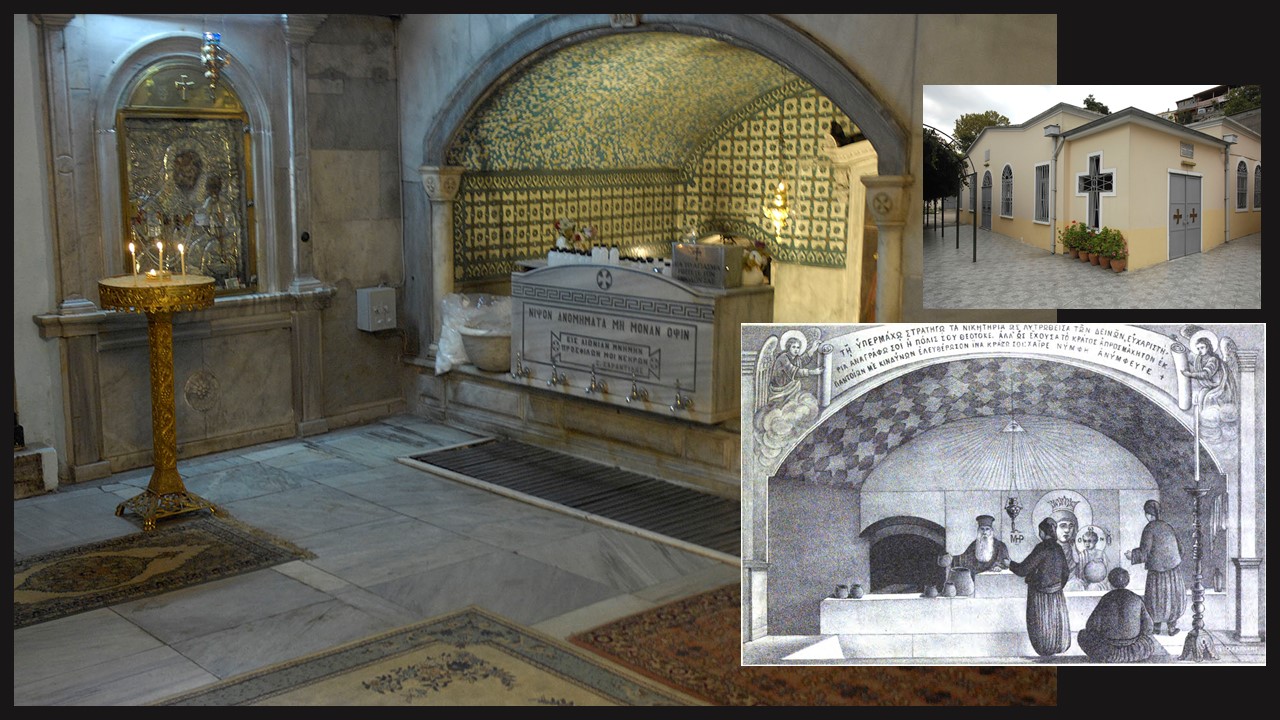
Theotokos ton Blachernon, drawing of 1877, from A.G. Paspates’ Byzantine Topographical Studies
https://commons.wikimedia.org/wiki/Category:Church_of_St._Mary_of_Blachernae_(Istanbul)#/media/File:Saint_Mary_of_Blachernae_8940.jpg
https://commons.wikimedia.org/wiki/Category:Church_of_St._Mary_of_Blachernae_(Istanbul)#/media/File:Saint_Mary_of_Blachernae_8938.jpg
https://en.wikipedia.org/wiki/Church_of_St._Mary_of_Blachernae_(Istanbul)#/media/File:To_agiasma_ton_vlahernon.JPG
Unfortunately, the church was entirely destroyed by a fire in 1070, rebuilt by 1077, and destroyed once more by fire, in 1434 when the damaged portico of the Church was hit by lightning in a great storm. The fire was seen all over the city and was one of the last great disasters to strike Christian Constantinople… a huge blow to the morale of the city and the Imperial family who could not afford to spend money on reconstructions, but on cleaning and repairing the City Moat and Walls. http://constantinople.ehw.gr/forms/fLemmaBodyExtended.aspx?lemmaID=11778 and https://www.pallasweb.com/deesis/church-of-mary-of-the-blachernae.html
The existing Church of Theotokos ton Blachernon is dated to the mid-19th century. The istorikon of the modern Church starts in 1867 when the guild of Orthodox Greek furriers bought land in Istanbul, including the lot with the Hagiasma/Holy Water Shrine of the original Blachernae Complex. A hundred and fifty years later, with the care of the Ecumenical Patriarchate, a small Church was “rebuilt” on the site of what was once the most important pilgrimage shrine of Theotokos at Constantinople… the site where the “Akathistos Hymnos” was first sung… http://constantinople.ehw.gr/forms/fLemmaBodyExtended.aspx?lemmaID=11778
For a Student Activity, please… Check HERE!
